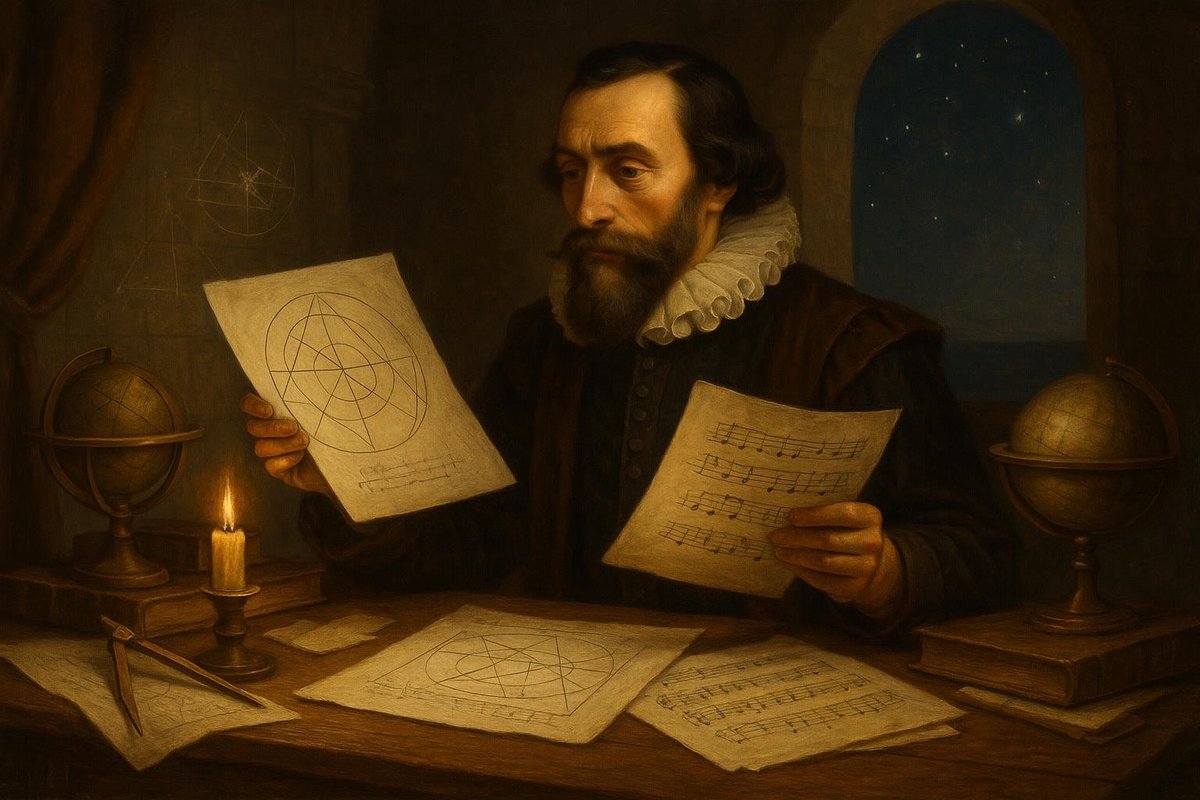
The Origins: Where Numbers Meet Notes
Imagine standing in an ancient Greek amphitheater, listening to the harmonious chords echoing across the stone walls. Interestingly, this harmony isn’t just a product of musical genius but a symphony of mathematics. Ancient civilizations, particularly the Greeks, believed that numbers held the key to understanding the universe. Pythagoras, a name many associate with triangles, was among the first to uncover the mathematical foundations of music.
• Pythagoras discovered that the length of strings vibrating at harmonious pitches had simple numerical relationships.
• This realization led to the understanding that music could be explained through ratios, like 2:1 for an octave.
This numerical revelation wasn’t merely about sound; it was about structure and order in the universe. The Pythagoreans were fascinated by how mathematical ratios created beauty in both visual and auditory forms. Pythagoras’s insights opened doors to seeing the world through a mathematical lens, a perspective that would resonate through centuries of art and science.
Key Figures: Mathematicians and Musicians in Harmony
Fast forward to the Renaissance, a period of revival for arts and sciences. No wonder that during this time, the bridges between mathematics and music were fortified by figures like Johannes Kepler, who enjoyed composing music based on planetary movements. Kepler wasn’t alone; many Renaissance thinkers believed that the universe was a grand symphony.
• Leonardo da Vinci explored the mathematical proportions to create harmonious compositions.
• Mathematicians like Descartes examined the mathematical properties of sound waves.
In these explorations, we see an intersection of disciplines where music was not just art but a scientific endeavor. These thinkers paved the way for future generations to explore this intersection further, showing that creativity and logic are not opposed but can dance together in unexpected harmony.
Turning Point: The Science of Sound
The 19th century brought a significant shift with the scientific exploration of sound. As time goes on, the study of acoustics became a formal science, with figures like Hermann von Helmholtz delving deep into the physics behind musical sounds.
• Helmholtz’s work revealed the harmonic series, explaining how complex tones are built from simple sine waves.
• This understanding led to technological advancements in sound production and recording.
Helmholtz’s findings were groundbreaking, bridging the gap between the art of music and the science of sound. This period set the stage for the development of various technologies, from the phonograph to electronic synthesizers, which transformed how music was created and consumed.
Impact on the World: Music and Math Today
Today, the influence of mathematics in music is more pervasive than ever. In our digital age, algorithms compose music, and mathematical models analyze it. This might make one wonder: where do we draw the line between human creativity and mathematical precision?
• Algorithms power streaming platforms, predicting musical preferences and creating playlists.
• Composers use software that employs mathematical principles to generate new sounds.
The legacy of mathematics in music continues to grow, showing that the two are inseparable allies. This ongoing relationship between math and music enriches both fields, opening new avenues for innovation and expression. It’s a testament to how interconnected our world truly is.
As we reflect on this journey, it becomes clear that the hidden connection between mathematics and music has shaped our understanding of both disciplines. This discovery continues to inspire artists, scientists, and philosophers alike, inviting us to explore the symphony of ideas that define our world.
Fuel Someone Else’s Curiosity
If you found this exploration fascinating, share it with a friend or family member who might appreciate the surprising dance between numbers and notes. Let’s keep the conversation going and inspire others to see the world through the lens of interdisciplinary connections.

Leave a Reply